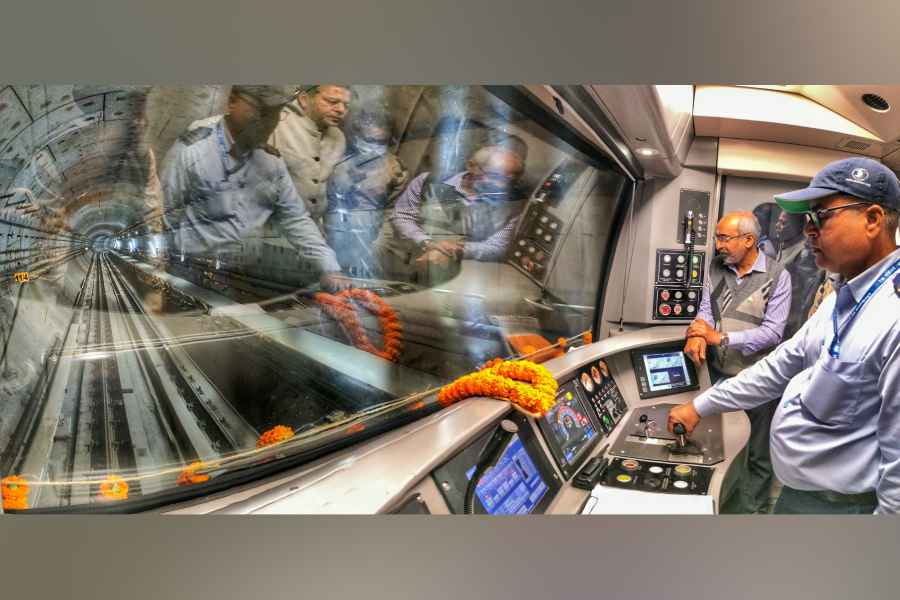In the early months of the Covid-19 pandemic, one heartwarming narrative took hold: with humans stuck in their homes, the world was safe again for wild animals, which could now wander freely through cities, parking lots or fields.
But a new study, which used wildlife cameras to track human and animal activity, suggests that the story was not that simple.
“We went in with a somewhat simplistic notion,” said Cole Burton, a wildlife ecologist and conservation biologist at the University of British Columbia, Canada, who led the research. “When humans stop, animals are going to breathe a sigh of relief.... But what we saw was quite different.”
Although humans disappeared from some places during the lockdowns, they surged into others, including parks that remained open when little else was. And there was enormous variability in how wild mammals responded to changes in human behaviour. Carnivores and animals living in remote, rural places, for instance, were more active when people faded from the landscape, while the opposite was generally true for large herbivores and urban animals.
The study, published in Nature Ecology & Evolution, complicates scientists’ understanding of what has been called the “anthropause”. It also highlights the nuanced ways in which humans affect wild animals, as well as the need for multifaceted conservation efforts.
“There’s no ‘one size fits all’ solution when it comes to mitigating the impacts of human activity on wildlife,” said Kaitlyn Gaynor, a wildlife ecologist and conservation biologist at the University of British Columbia, Canada.
The study is based on data from 102 camera trapping projects in 21 countries. The data allowed scientists to study the activity patterns of 163 different species of wild mammals — and to keep tabs on how often humans were showing up at the same locations.
“One of the core strengths of this paper is that you get information on both humans and animals,” said Marlee Tucker, an ecologist at Radboud University in the Netherlands.
Researchers compared how often wild animals were detected during a period of high human activity and a period of low human activity, regardless of whether the decreased activity came during the lockdown period. Carnivores, such as wolves and bobcats, appeared to be highly sensitive to people, showing the largest drop-off in activity when human activity ramped up.
“Carnivores, especially larger carnivores, have this long history of, you can say, antagonism with people,” Burton said.
On the flip side, the activity of large herbivores, such as deer and moose, increased when humans were out and about. That could be because the animals simply had to move more to avoid the throngs of people. But if people help keep the carnivores at bay, that could also make it safer for the herbivores to come out and play.
“Herbivores tend to be a little less fearful of people, and they may actually use them as a shield from carnivores,” said Tucker, who praised the study’s authors for being “able to disentangle all these different human impacts”.
Location mattered, too. In rural and undeveloped areas, where the landscape had not been heavily modified by humans, animals generally became less active as human activity increased. But in cities and other developed areas, wild mammals tended to become more active when humans did.
“That was a bit counterintuitive and surprising,” Gaynor said. “A lot of that activity was actually happening at night. Animals were becoming more nocturnal.”
Perhaps the species and individuals that have persisted in these landscapes are the ones that are most tolerant of and habituated to humans.
And the animals that have stuck around might be attracted to human resources, such as food and trash, and become more active when these resources are plentiful, but shift their foraging expeditions into the evening hours to reduce the odds of encountering people.
“That seems to be an adaptation by animals to coexist with people,” Burton said.
“It’s animals working to do their part for coexistence.”
NYTNS











